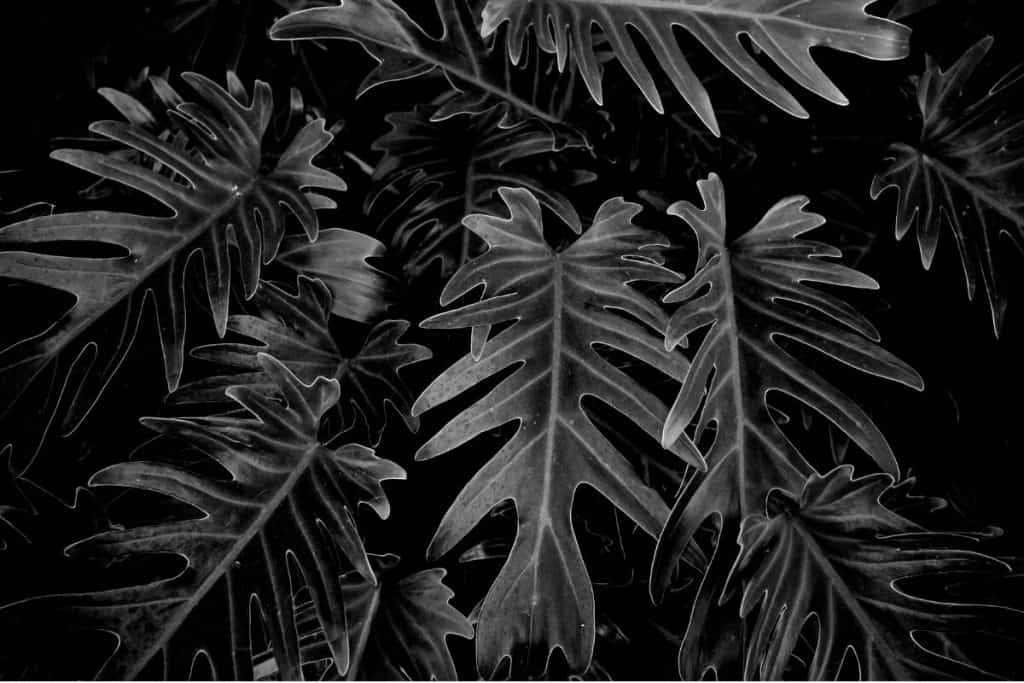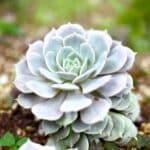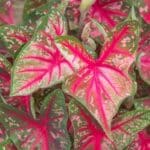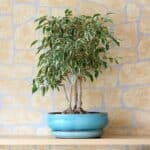Are you confused about the best plants for your indoor décor? Well, worry no more, as we present to you these two philodendrons varieties.
They are not only attractive for your home or office but are also easy maintenance plants. Meanwhile, there are different varieties of philodendrons, including the Selloum and Xanadu.
But how do Philodendron Selloum vs Xanadu compare? Though they are from the same Araceae family, you can still draw out few differences between them.
The main difference is Selloum has spear-like leaf shapes that grow proudly upwards like a tree, while Xanadu has flatter, less wavy leaves. Xanadu grows more width to reveal her smoothly lobed leaves.
Table of Contents
What is Philodendron Xanadu?
The Philodendron Xanadu, also known as Thaumatophyllum Xanadu, is a perennial plant that belongs to the Arum family Araceae and the genus, classified initially under the Meconostigma subgenus of Philodendron.
It originated in Brazil as the Winterbourn Philodendron but was renamed Xanadu by houseplants of Australia in 1988.
A Xanadu plant can be grown indoors or outdoors. It can spread its toothed foliage wider rather than growing vertically, sometimes reaching widths of 5 feet, but it will not spread as much if kept indoors.
It is grown as a landscape plant in tropical, subtropical, and warmer parts like Florida, South Africa, Australia, etc.
What is Philodendron Selloum?

The Philodendron Selloum, popularly called tree or lacy tree philodendron, is a houseplant grown in most U.S regions.
It is a tropical plant native to South America, and when you grow it outdoors, it can grow up to 15feet tall. Its primary feature is the large, glossy, deep green leaves that deliver the main accent in a bigger room or protect a group of smaller plants.
Related Post: Philodendron Jungle Boogie Vs Xanadu
Philodendron Selloum Vs Xanadu
| Philodendron Selloum | Philodendron Xanadu |
| Known best for its larger size | Known best for its attractiveness. |
| Its leaves can grow up to 5feet (1.5m) long | Leaves with lobes up to 16inches (40cm) long and 12 inches (30cm) wide. |
| Grows leaves in a spiral manner, adding fresh ones to its trunk | Grows its leaves randomly. |
| It can develop into a giant plant even a tree-like nature | It’s more diminutive in nature and grows in a bunch. |
| Do best in well-drained potting soil containing a mix of peat, perlite and compost | Do best in a rich, slightly alkaline soil that retains moisture |
Differences Between Philodendron Selloum and Xanadu
Indeed, the most obvious difference you can find between philodendrons is in the leave, and the Selloum and Xanadu are not exempted.
Although both indoor plants have deeply lobed leaves that stretch out almost like fingers, while their leaves usually droop down, you can see slight differences.
For instance, Selloum produces most giant leaves in the Philodendron family. Its leaves can develop up to 5 feet (1.5m) long and are attached to the trunk by long, smooth stems; hence, they are called Tree Selloum.
Therefore, while the Selloum has gone for size, the Philodendron Xanadu has gone for beauty.
The Xanadu features smooth leaves and possesses a silk-like reflective surface while also having symmetrical lobes up to 16 inches (40 cm) long and 12 inches (30 cm) wide.
It has a firm feel to its leaves, and you will see a red midrib, especially in lighter conditions. Meanwhile, their leaves are smaller than those of the Selloum.
Also, regarding how their leaves arrange themselves while growing, the Selloum develops its leaves in a spiral manner (curvy), joining fresh ones to its trunk as it grows, whereas the Xanadu randomly grows its leaves.
Regarding their height and structure, the Selloum can develop into a huge plant (even into a tree-like nature) at about 12feet (3.6m) tall and 15feet (4.5m) wide if watered adequately, fertilized, and receive sufficient indirect sunlight (Fear not! it won't become a tree in indoor conditions).
On the other hand, the Xanadu is more diminutive and grows in a bunch or cluster of about 5feet (1.5m) tall and 7feet (2m) wide.
If the bunch becomes too bushy for your indoor environs, you can reduce it by trimming. Ensure you wear gloves and wash your equipment after.
The Selloum thrives in well-drained soil. Potting mix with peat, perlite, and compost is suitable, while the Xanadu philodendron prefers a rich, slightly alkaline soil that retains moisture.
How are Philodendron Selloum and Xanadu Similar?

As we earlier discussed, since they're both from the same family (genus), they've more similarities than differences.
For instance, both the Selloum and Xanadu grow green leaves that remain green throughout the year, although they may defer with inappropriate light conditions.
Neither of the two produces plenty of lush, green foliage but can't develop flowers indoors. They can also grow leggy if they are too distanced from appropriate sunlight and can both be rotated to grow evenly on all sides.
Both the Selloum and Xanadu thrive in bright indirect sunlight, as the direct, scorching heat of the sun can burn their attractive leaves, thereby changing its colors or causing damages to the plant.
If you lack a brighter area, try rotating the pot monthly or so to prevent the plant from growing lopsided.
The Selloum and Xanadu grow best at temperatures 65ºF to 85ºF (18ºC - 29ºC) and thrive in humid conditions of over 40%, with a well-air-conditioned area or heaters. A humidifier is recommended. They are both easy-maintenance plants but with proper attention.
When watering, ensure there're drainage holes in the pots, where water can come out when you are watering them, and water them at least once every week during the summer and once every two weeks during the winter.
Both don't need much fertilizer, but liquid and powder fertilizers are recommended, especially during the spring and summer.
They both attract pests; hence you've to be watchful to avoid spider mites, aphids, and mealybugs that threaten their leaves.
They are both toxic to animals and humans and can result in stomach pains and breathing difficulty. So, keep out of reach of kids and animals.
What's Better about Philodendron Selloum?
Although it can grow in high lighting conditions with extra care, Philodendron Selloum is better with medium lighting conditions.
It is also better when rotated periodically to ensure even growth on all sides. It is better in a large room because it stands a greater chance of growing complete and robust.
What's Better about Philodendron Xanadu?
The older the Philodendron Xanadu grows, the better it looks. Older Xanadu specimens develop a short trunk that produces aerial roots that sprawl along the soil surface, making it well-suited for shadier parts of the landscape.
Related Post: Pothos N Joy Vs Pearls and Jade




